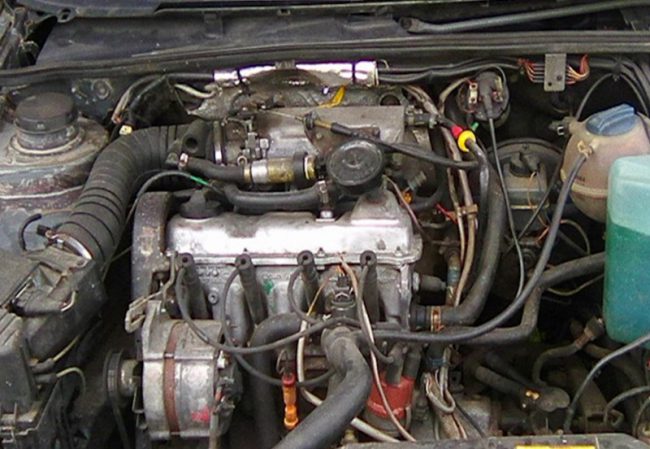
Volkswagen PF engine
Content
Especially for the second generation of the popular at that time Golf, Passat B3 and Jetta, the engine builders of the VAG auto concern developed a power unit that entered the line of EA827-1,8 engines (RP, AAM, ABS, ADR, ADZ AGN, ARG).
Description
The engine with the factory designation PF was created on the basis of the previously produced VW RD engine. It was produced from 1987 to 1991 at the production facilities of the Volkswagen concern in Germany.
When developing the engine, almost all elements and systems of the internal combustion engine remained traditional, except for fuel injection control. The PF uses the Digifant system.
Additionally, changes were made to the design of the unit, namely, the piston stroke was increased in comparison with 1,6-liter engines. Accordingly, the working volume of the PF engine has increased.
Unlike its predecessor (RD), an injector is installed instead of a carburetor.
PF - gasoline in-line four-cylinder aspirated 1,8-liter, 107 hp. with and a torque of 157 Nm.

Installed on Volkswagen cars:
- Conrad I /509/ (1988-1990);
- Golf II /1G_/ (1987-1991);
- Jetta II /1G_/ 1987-1991);
- Passat B3 /31/ (1988-1990).
The cylinder block is made of cast iron, the cylinder head is aluminum. Guides for eight valves equipped with hydraulic compensators are pressed inside the head. A camshaft is fixed on the upper plane.
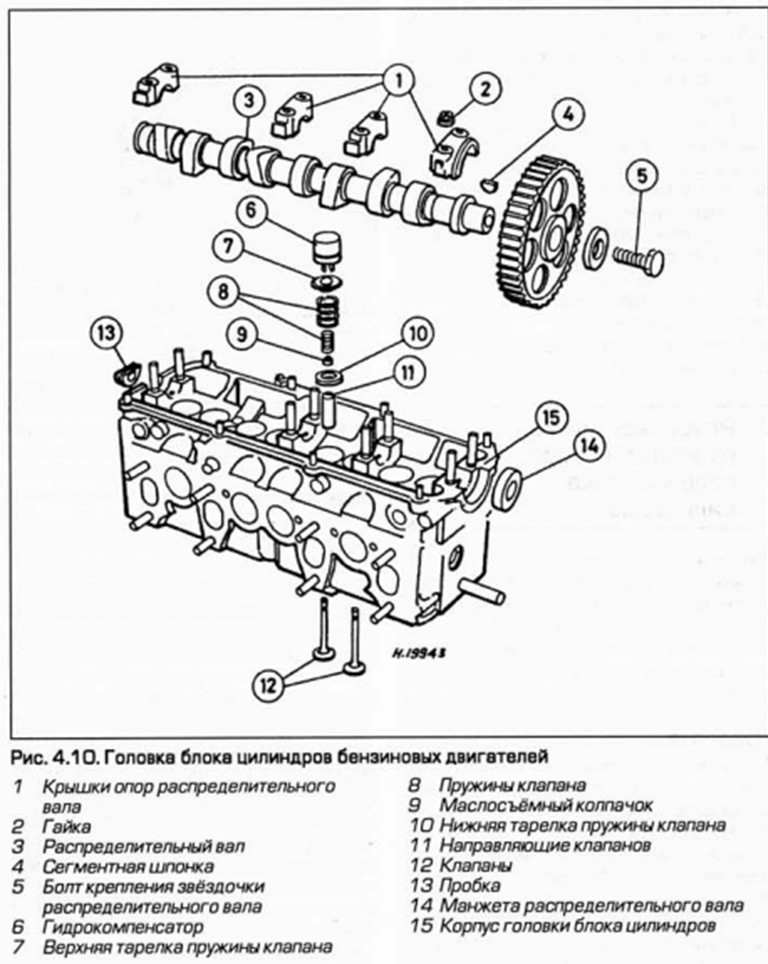
The crankshaft is located on five bearings.
The pistons are made according to the traditional scheme, aluminum, with three rings. Top two compression. The lower oil scraper is a type-setting, consists of three elements.
A feature of the internal combustion engine is the presence of an intermediate shaft. Designed to transmit rotation to the ignition distributor and oil pump. The shaft itself is driven by a belt.
Timing belt drive. In our operating conditions, the belt must be replaced after 90 thousand km.
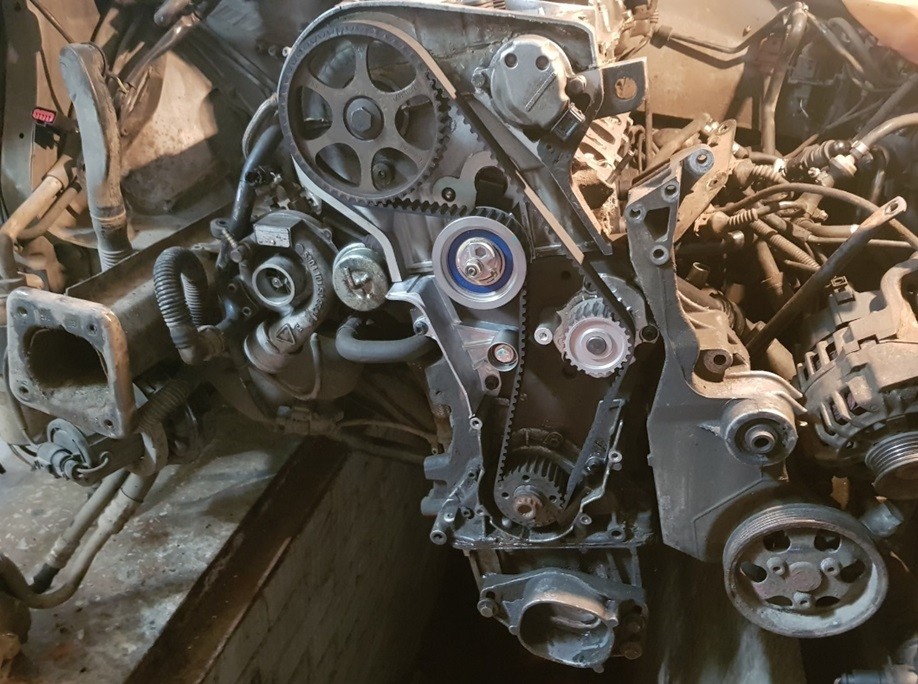
At the same time, every 30 thousand km, careful monitoring of the condition of the belt is required, since when it breaks, the valves are deformed due to their meeting with the pistons.
Fuel injection system. The injection is controlled by the Digifant system. According to car owners, it is ancient, but reliable. The engine ECU (original number 037 906 022 AM) does not have self-diagnosis. Bosch W7DCO or Champion N7YCX⁵ spark plugs. It is recommended to use gasoline grade not lower than AI-95.
Combined type lubrication system. An oil with a viscosity of 5W-30 or 5W-40 with a VW 502/505 approval is used. The capacity of the system is 4,0 liters, when changing the oil, fill in 3,8 liters. Unlike modern engines, the PF does not have oil nozzles to cool the piston bottoms. At the same time, there are channels in the cylinder block for this purpose. At many car services, you can install this additional option in your internal combustion engine.
In general, the engine satisfies all the needs of car owners.
Technical specifications
| Manufacturer | Volkswagen concern, Germany |
| Release year | 1987 |
| Volume, cm³ | 1781 |
| Power, hp from | 107 |
| Torque, Nm | 157 |
| Compression ratio | 10 |
| Cylinder block | cast iron |
| Number of cylinders | 4 |
| Cylinder head | aluminum |
| Fuel injection order | 1-3-4-2 |
| Cylinder diameter, mm | 81 |
| The piston stroke, mm | 86.4 |
| Timing drive | belt |
| Number of valves per cylinder | 2 (SOHC) |
| Turbocharging | no |
| Hydraulic compensators | Yes |
| Camshaft adjuster | no |
| Lubrication system capacity, l | 3.8 |
| Applied oil | 5W-40 |
| Oil consumption (calculated), l / 1000 km | to 0,5 |
| Fuel system | multipoint injection injector |
| Fuel | gasoline AI-95 (E 91 RON) |
| Environmental standards | Euro 2 |
| Resource, outside. km | 360 |
| Weight, kg | 110 |
| Location | transverse |
| Tuning (potential), l. With | 200+ |
Reliability, weaknesses, maintainability
Reliability
According to car owners, the PF is a reliable and economical unit. But due to its advanced age, it requires more attention. Manuez from Krasnodar writes in his review: “... I am all for PF. No problem. And spare parts are no problem.". AlexH from St. Petersburg agrees with him: “... I'm just very pleased with my motor. Just trying to objectively describe the pros and cons. Every motor needs maintenance. And then it works well».
The engine has a long service life. It also emphasizes its reliability. Long-term practice has shown that with reasonable operation of the internal combustion engine, it significantly overlaps the resource declared by the manufacturer.
PF has a large margin of safety. Some motorists, through "evil" tuning, more than doubled the power of the unit. But here it is necessary to make a reservation that such intervention in the design of the motor not only reduces its characteristics, but also nullifies its overhaul life.
And after such a forcing, practically only its name remains from the engine. Fans of a powerful motor are better not to redo the old one, but to purchase a new one.
The conclusion about the reliability of the PF can be seen from the review of the Passat B3 car owner with such a Pilot84 engine from Ryazan: “… the machine is excellent!!! The reliability of these swallows is fantastic!!! They are sometimes so staggered, but they are still romping, and they will still drive !!!! You just need to watch the cars!».
Weak spots
Weak spots are mainly characterized by the age of the aggregate. Car owners express a huge number of complaints about unstable x / x speeds. Most often, the cause of such a problem is a dirty throttle valve, injectors or a fuel pump grid. A similar picture is caused by failed various sensors. The specific reason can be identified by car service specialists when diagnosing the unit.
Due to the long service life, electrical elements begin to fail - spark plugs, a distributor (distributor), high-voltage wires.
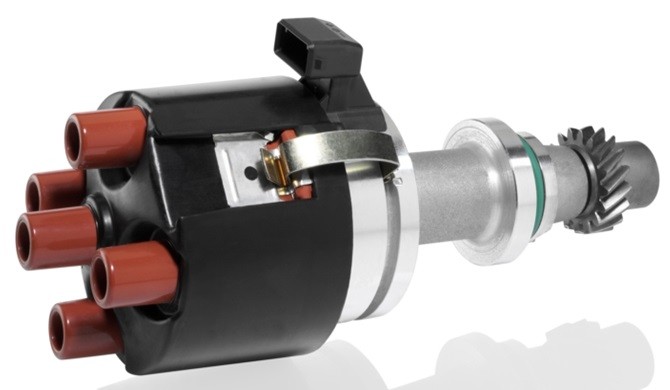
It is clear that they cannot work forever. They have to be replaced periodically.
The crankcase ventilation system clogs quickly and requires constant cleaning. Here, first of all, the fault lies with the low quality of our fuels and lubricants.
As a result of natural wear, valve stem seals and piston rings become unusable. The result is predictable - increased oil consumption (maslozhor). Engine repair required.
Sometimes there are unauthorized knocks of hydraulic lifters. The occurrence of the phenomenon occurs due to the use of oil that is not recommended by the manufacturer (cheaper). Flushing hydraulic lifters sometimes successfully solves the problem, but more often they have to be replaced. Therefore, excessively “thrifty” car owners often end up with expensive engine repairs.
And a few more words about savings. Some motorists fill their cars with AI-92 gasoline. As a rule, this leads to a decrease in the speed characteristics of the engine, failure of the lambda probe and catalyst. Ultimately - to the costly repair of the internal combustion engine. Many justify the use of AI-92 gasoline by the fact that the 91st is recommended in the manuals. Here it is necessary to understand that RON 91 and AI-92 are completely different gasolines.
Conclusion: engine problems occur in most cases as a result of its extreme wear and violation of the maintenance and operation rules recommended by the manufacturer.
Maintainability
The high maintainability of the engine is primarily due to the simplicity of its design. The motor, as they say, can be repaired right on your knees. Many car owners are engaged in restoration work in their garages.
Not unimportant is the cast-iron cylinder block.

Sleeves can be bored to repair dimensions several times.
Despite the fact that the engine has long been discontinued, the necessary spare parts are easy to find in any specialized store. It is noted that their prices are quite low. Sometimes lower than for domestic engines. Motorists note the possibility of replacing native parts with cheaper counterparts from other brands of internal combustion engines. For example, the fuel pump for PF is replaced by a VAZ 10th model. And the power steering pump is identical to the pump with Renault Kengo.
Some components are repaired without replacing them. So, from time to time, wear of the tracks of the potentiometer of the air flow meter is often observed. It is enough to shift the board relative to the current collectors literally by 0,5-1,0 mm and the flowmeter's performance is restored.
And one more feature of the repair is that there is no need for a large assortment of special tools and devices, which pleases our motorist.
Thus, PF repair does not cause difficulties for many car owners, and they perform it on their own. Pawn from Samara jokes about this: “... something people are massively capitalizing engines, let's stop doing this, or even get the rest on this business».
For various reasons, not everyone decides to overhaul their engine. Some choose an alternative way to solve the problem - they replace their native motor with a contract one.
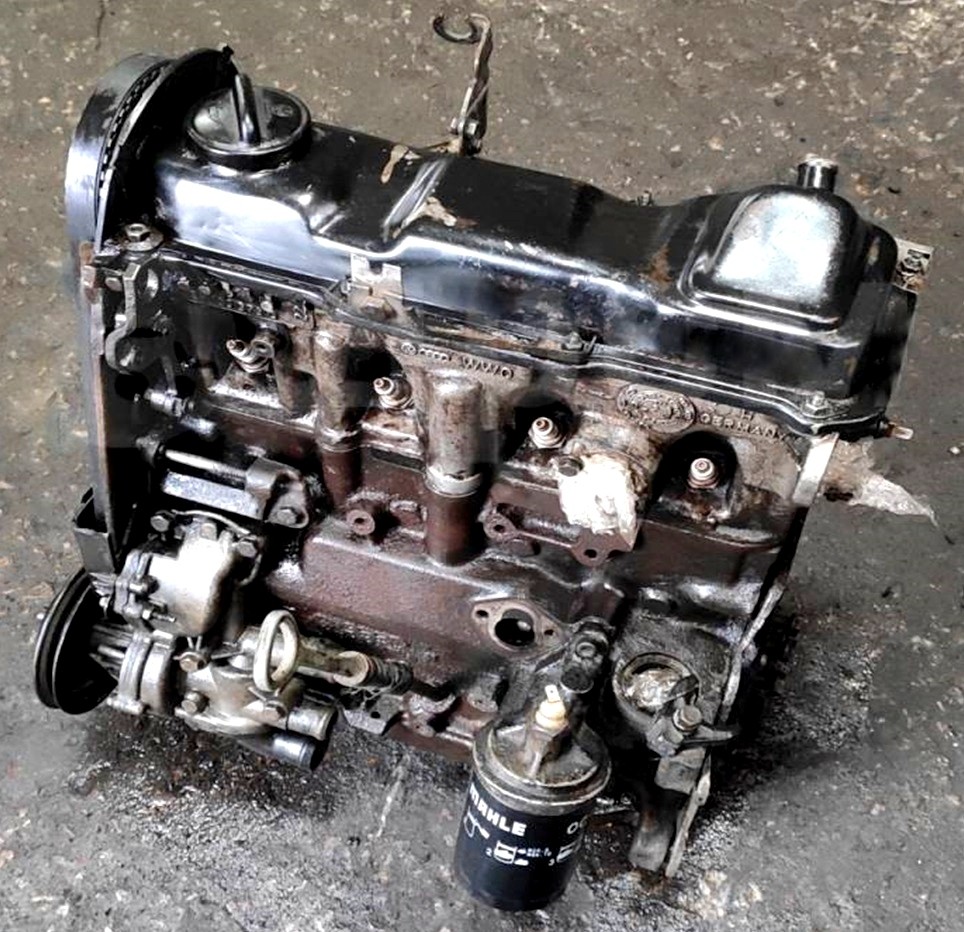
The cost of such a unit to a greater extent depends on the completeness of attachments and starts from 10 thousand rubles.
Summing up, it is worth noting that the VW PF, in general, is a good motor and, with proper maintenance, quite resourceful. But his time is gone and today it is worth looking towards more modern power units.

